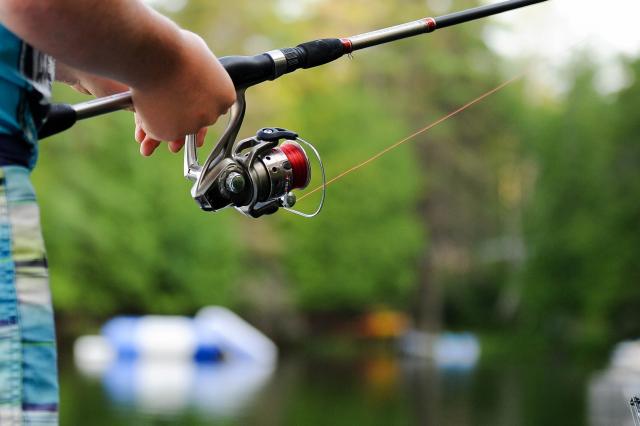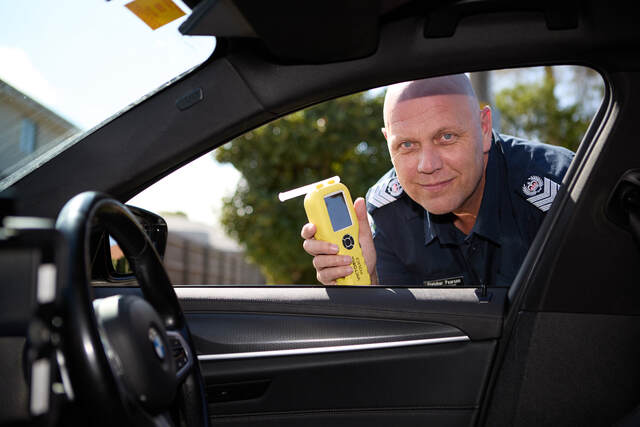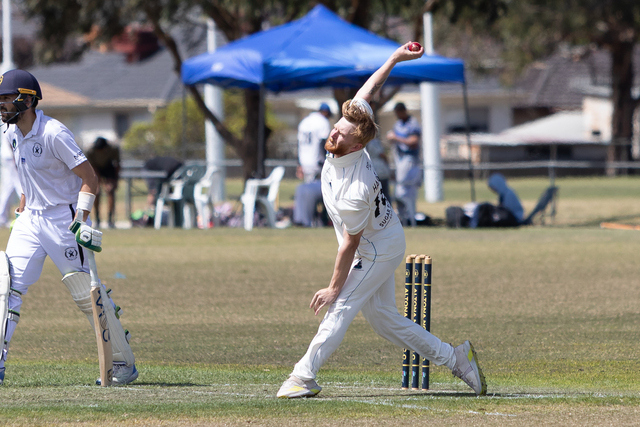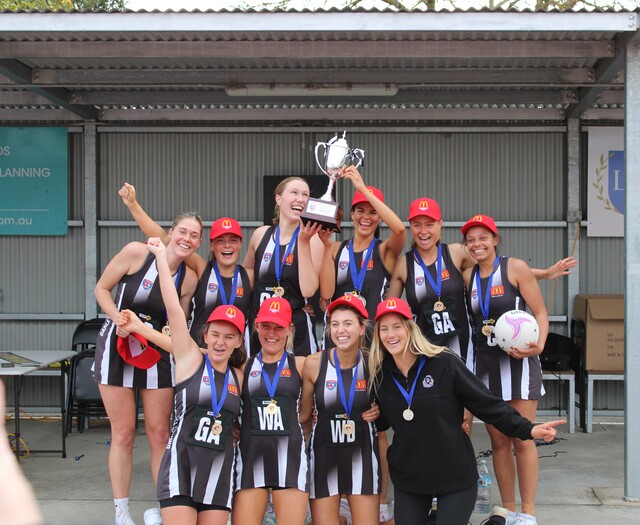The third generation Porsche Boxster, tagged the 981, takes the same styling route as its predecessors, which is no bad thing.
Porsche owners over the years have shown strong resentment to any major changes in direction, so features like the air intakes in front of the rear wheels and the shape of the bonnet and headlights follow a familiar theme.
At the tail there’s more change in the design, with a strong style line that runs the full width, with the tail lights following the horizontal shape of the metal.
New Boxster is bigger than before and would have weighed substantially more, but more aluminium has been used than ever before with the bonnet, rear deck and door skins all benefiting from the lightweight material.
The mass of the Boxster has been trimmed by 25 to 35 kilograms, depending on model. It all helps in improving straight-line performance, providing nimbleness and reducing emissions and fuel use.
You can choose between a standard Boxster at a modest starting price for this class of just $107,500 or the high-performance Boxster S with a recommended retail price of $133,800.
The standard variant uses a new-design 2.7-litre flat-six power plant with direct fuel injection in place of the manifold injection 2.9-litre of the previous model.
Choosing the Porsche Boxster S puts a revised version of the well-established 3.4-litre flat-six just behind your back.
Transmission options are six-speed manual and seven-speed double-clutch PDK automatic.
We have just stepped out of a Boxster S automatic after a most enjoyable week of smile-inducing driving.
On the road, the latest Porsche Boxster is close to perfect in its balance and nimble handling.
The Boxster hangs on to the road at speeds well in excess of those achievable by anything other than an ultra-expensive supercar.
The new-generation Porsche Boxster provides a pure-bred machine for what is a very modest price for the class in which it operates.







